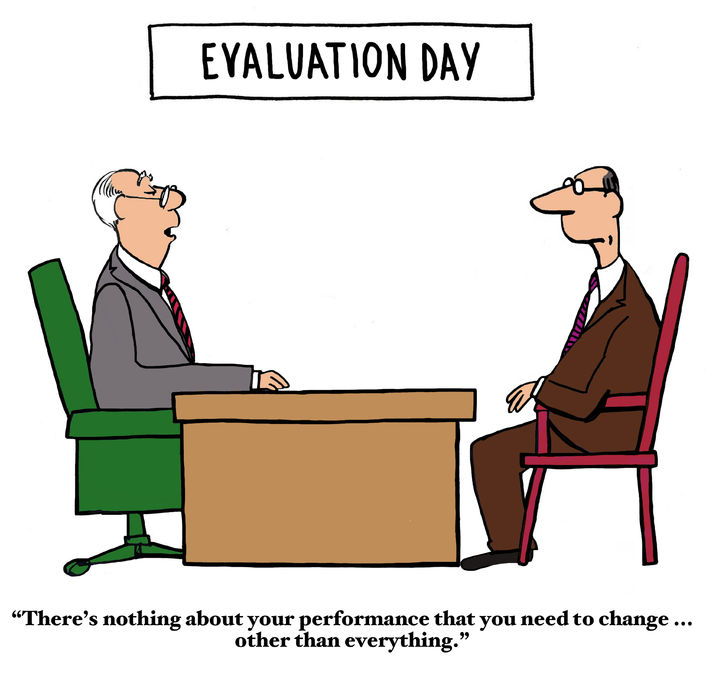
Feedback is a two-way street, and the road can become as icy as a North Dakota highway in January if both parties are not safely and securely fastened into the driver’s seat. Said more clearly, the feedback process requires both the giver and receiver to be prepared for a positive outcome. Focus on how to provide feedback is vital. Equally necessary is an understanding how to receive feedback. Be it a student awaiting feedback from a teacher to an employer giving mid-quarter evaluations, knowledge of giving and receiving feedback is a license for success.
Providing Effective Feedback
Research suggests that understanding the contextual factors improves the effectiveness of the feedback message. Henderson et al. (2019) cited the research of Shute (2008), Evans (2013), and Li & De Luca (2014) who agree that when constructing feedback that attention needs to be paid to “instructional circumstances, task characteristics and learner individualities.”
Feedback, therefore, needs to focus on the recipient’s growth within the confines of the situation. In the case of public speaking, feedback should address the message that the speaker provided along with an understanding of the speaker’s abilities to improve and/or change a behavior.
Well constructed feedback provides opportunities for positive change. Saaris (2016) states, “deeper learning requires the student to reflect on the cognitive process and understand the strategies that lead to successful performance. Feedback is crucial to this metacognitive awareness.” In her infographic (Figure 1), Saaris highlights how feedback can be approached.

When feedback targets the task, phrases just as “You’re an excellent speaker” get replaced with “I enjoyed the innovative introduction that was used.” A person’s ego should not be a positive or negative in feedback; instead, the construct of the critique is centered on the actions that are fixable. Likewise, the context requires specificity, replacing “Good job” statements with “Your use of a personal story helped me understand your passion for this topic.” Finally, routine practice with feedback and a pitch for progress makes the critique experience easier and more impactful. Giver and receiver, alike, with consistent practice can become skilled at feedback. In turn, when opportunities to use the feedback are given, the information becomes tangible.
Looking at the Receiver
Going back the analogy in the opening, feedback that goes only one way down a quiet road is aimless. The recipient of feedback can’t be asleep in the passenger seat when feedback is delivered. Stone & Heen (2015), co-authors of Thanks for the Feedback argue that the art of feedback doesn’t live primarily in the giver. The receiver of feedback needs to be equally prepared.
In their Harvard Business Review article, Stone & Heen (2014) look at six ways to become a better critique receiver. The authors begin with a self-actualization component, asking ourselves How do we normally react to feedback?
Do you defend yourself on the facts (“This is plain wrong”), argue about the method of delivery (“You’re really doing this by e-mail?”), or strike back (“You, of all people?”)? Do you smile on the outside but seethe on the inside? Do you get teary or filled with righteous indignation? And what role does the passage of time play? Do you tend to reject feedback in the moment and then step back and consider it over time? Do you accept it all immediately but later decide it’s not valid? Do you agree with it intellectually but have trouble changing your behavior?
Stone & Heen (2014).
Just as a person giving the feedback must separate the person from the action, so must the recipient, learning to take feedback for the message and not the messenger. Stone & Heen (2014) state, “When you set aside snap judgments and explore where feedback is coming from and where it’s going, you enter into a rich conversation.”
Feedback recipients can also look at the message as a form of coaching. As athletes understand, coaches are looking to improve a player for the intention of winning. Public speakers to office workers can look at feedback as a chance to win in their work. Likewise, advice may not be readily accessible, depending on the message and the receiver’s current state. Receivers benefit from filing and unpacking the feedback at a time when it may be handy. A simple, “I’ll keep that in mind” statement works well when the feedback doesn’t seem immediately helpful.
Finally, Stone & Heen suggest routine proactive approaches and small experiments with the feedback to put the receiver in the driver’s seat.
Find opportunities to get bite-size pieces of coaching from a variety of people throughout the year. Don’t invite criticism with a big, unfocused question like “Do you have any feedback for me?” Make the process more manageable by asking a colleague, a boss, or a direct report, “What’s one thing you see me doing (or failing to do) that holds me back?”
Stone & Heen (2014)
Conclusion
As with any situation where emotions are high or may be hurt, finding a way to quelch the anxiety is beneficial. These experiences become easier with practice and mutual effort to promote a positive outcome.
References
Flamme, W. (2016, Aug. 2). The art and science of giving and receiving positive criticism. ExecuNet. [Cartoon]. https://www.execunet.com/art-science-giving-receiving-positive-criticism/
Henderson, M. et al. (2019). Conditions that enable effective feedback. Higher Education Research & Development, 38:7, 1401-1416, DOI: 10.1080/07294360.2019.1657807
Saaris, N. (2016, June 21). Effective feedback for deeper learning. Actively Learn. https://www.activelylearn.com/post/effective-feedback-for-deeper-learning
Stone, D. & Heen, S. (2015). Thanks for the feedback: The science and art of receiving feedback well. Penguin Books. https://www.amazon.com/Thanks-Feedback-Science-Receiving-Well/dp/0143127136/ref=sr_1_1?s=books&ie=UTF8&qid=1490799024&sr=1-1&keywords=thanks+for+the+feedback
Stone, D. & Heen, S. (2014). Finding the coaching in criticism. Harvard Business Review. https://hbr.org/2014/01/find-the-coaching-in-criticism
Triad Consulting Group. (2014, April 1). Doug Stone & Sheila Heen: “Thanks for the feedback” penguin trailer. [YouTube]. https://www.youtube.com/watch?v=3vcyNzvALOo